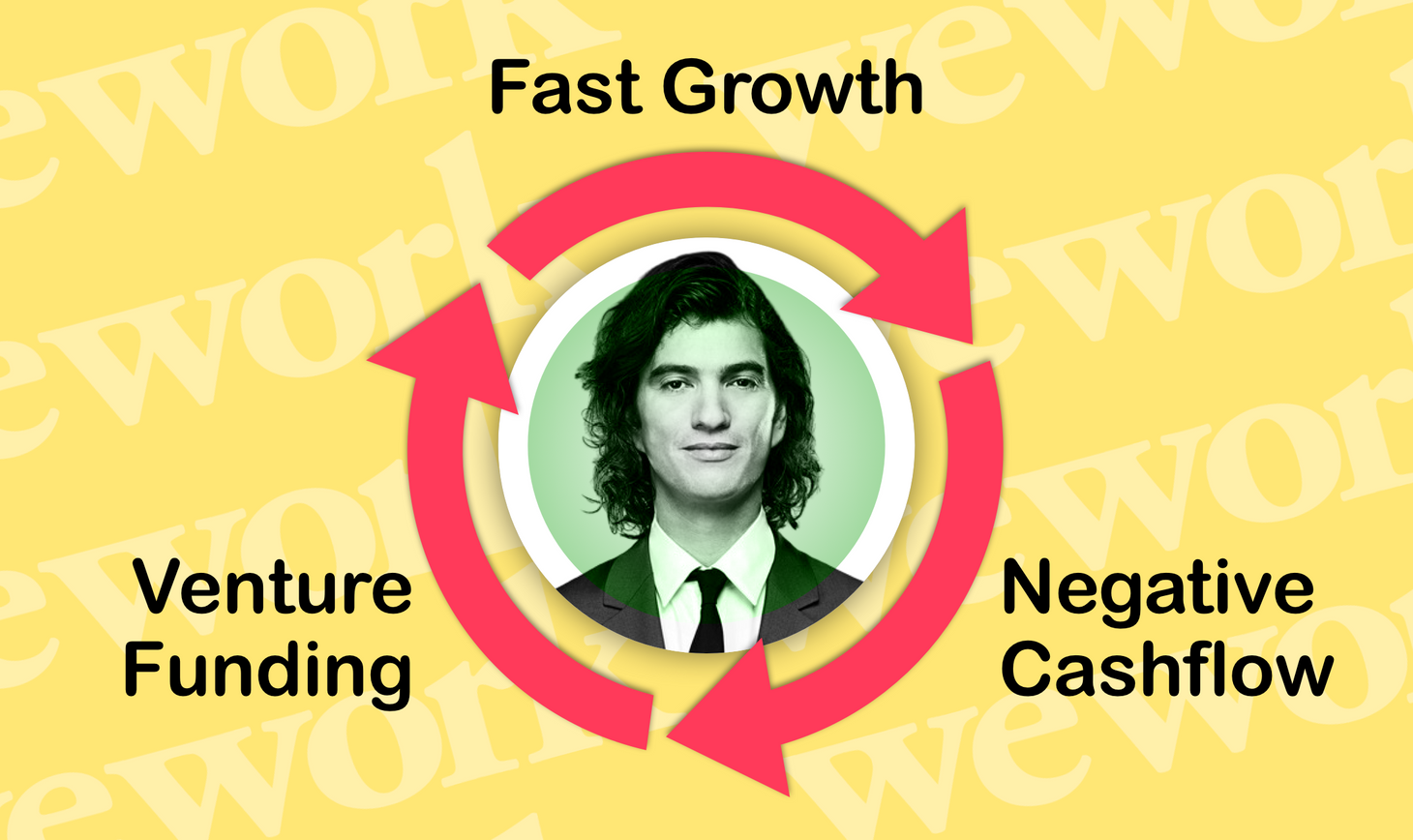Neumann’s Vortex: WeWork and the Key to Real Estate’s Future
Matching the right capital with the right activities is critical to WeWork’s survival — and to the future of real estate in general.

All happy CFOs are alike; each unhappy CFO is unhappy in his own unique way. Some companies struggle with having no money; others, with having too much — and then too little. WeWork’s immediate money woes are daunting, but even with money in the bank, the company will have to figure out what is the correct way to finance its operations. The answer is critical for innovators in the office, residential, home-sharing, and industrial markets. Let’s see how.
The “Obvious” Alternatives
Before we dive into the challenge, let’s address the advice WeWork has been getting so far. This advice tends to fall into three main buckets:
- “WeWork should have bought the buildings”. Right. To buy a building, you need financing. Imagine Adam Neumann going to a bank 10 years ago, asking for hundreds of millions in loans in order to buy one or more office buildings. Imagine him telling the bank about his concept of shared offices with monthly leases, beer on tap, and community managers on call. Banks are not big fans of new operating models, and they’re even lesser fans of young people in t-shirts that never bought or operated a building in their life.
- “WeWork should have signed franchise agreements or management deals with landlords”. There’s a funny thing about franchise agreements: You need to have a franchise before any landlord would be willing to forfeit rent payments or fund your interior build outs . More on this below. Never mind what an unknown Neumann could have done ten years ago — even in 2018, when WeWork was at the height of its power and popularity, it struggled to convince landlords to sign franchise/management deals. And even the deals that it did sign took ages to negotiate and could not support the company’s growth aspirations. Which brings us to the third bucket:
- “WeWork should have opted for slower, more focused growth”. This suggestion seems easier to implement than the other two. WeWork did grow extremely fast and, in the process, signed some bad leases in the right locations and good leases in the wrong ones. But WeWork’s growth pace was not simply a matter of decision. It was dictated by the company’s source of capital, namely: venture capital. WeWork was trapped in a vicious cycle:
- It had a business that requires a lot of cash in order to grow.
- To fund its growth, it relied on venture investors that are the ~only ones willing to fund cash-burning businesses on an ongoing basis.
- These investors pushed WeWork to grow fast in order to meet their return expectations.
As the cycle rolled on, the company burned more cash, required more venture capital, and set growth goals that led to even less efficient use of its funds. I call this dynamic “Neumann’s Vortex”, describing a company that’s trapped in a cycle of fast growth, negative cashflow, and venture injections. Many startups lose money for years, but Neumann’s Vortex is specific to businesses that operate in capital intensive industries, rely on real assets, and have perpetually high marginal costs (unlike most software companies which are asset light and have low marginal costs that diminish as they grow).
WeWork is not the only company trapped in Neumann’s Vortex, but it is the prime example of this dynamic thanks to its reliance on real estate assets, its high expansion costs, and its dependence on mega funding rounds from Softbank and its Vision Fund. When Adam Neumann walked into “Hotel Masayoshi”, he found it easy to check in, but he didn’t realize that you can never leave. What else could he have done?
We explore the answers in the next piece, Hotel Masayoshi.
Dror Poleg Newsletter
Join the newsletter to receive the latest updates in your inbox.

